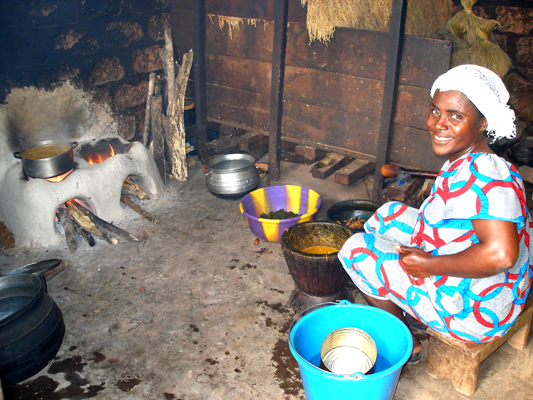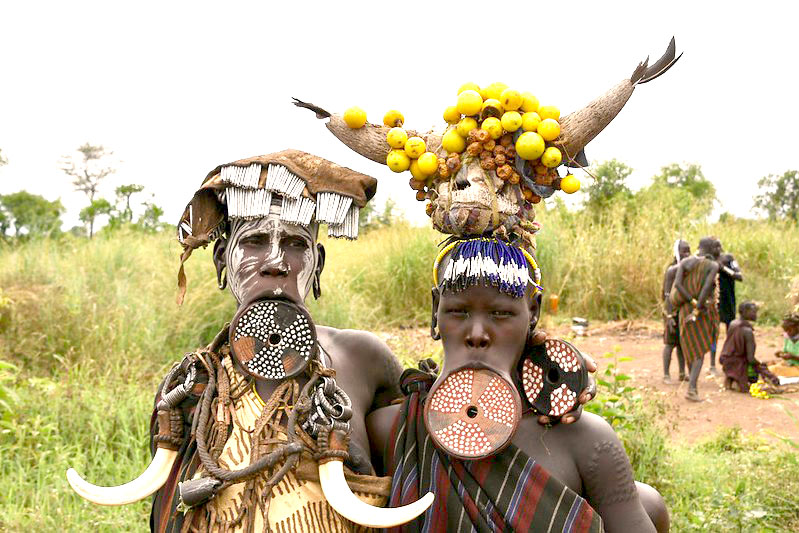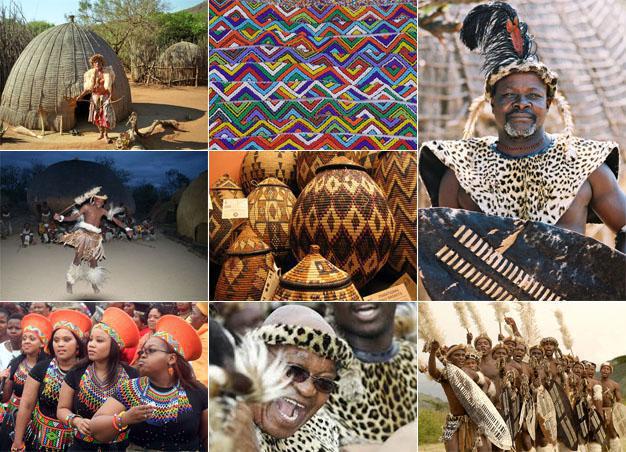Sure there are many references in the Bible that imply its African connections; Solomon being anointed at the river Gihon, Moses' Ethiopian wife, etc. But we should be careful of these idealized "maps" as you called them which are mostly fictitious, or guesses at best. If you read Marniche's blog post she explains that these groups the Europeans identified as Cushitic, Hamite, Semitic, etc. were very much the same tribes. European anthropologists invented ethnic categories, based on the Bible and Talmud, which clouded an honest study of the history of the region.It makes sense,
View attachment 82514
Looking at that map we see the kingdom of Sheba was established in southern Arabia.
In the Bible, the Song of Solomon is said to be a conversation between Solomon and the Queen of Sheba. I think this verse might be the clue we're looking for :
"I am black, but comely, O ye daughters of Jerusalem, As the tents of Kedar, As the curtains of Solomon. Look not upon me, because I am black, Because the sun hath looked upon me"
Song of Solomon 1:5-6
A more scientific understanding of the ancient and modern peoples of North Africa is found by looking at the Afroasiatic language group, which Semitic is but one:

https://en.wikipedia.org/wiki/Afroasiatic_languages
























